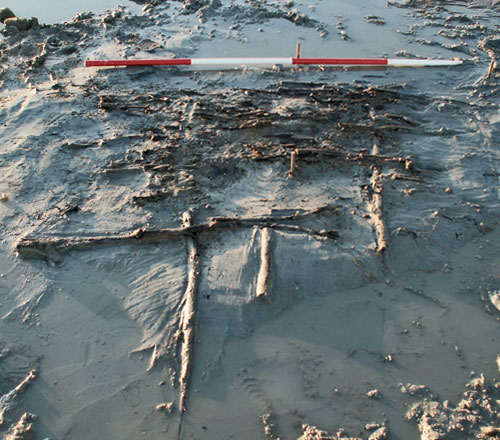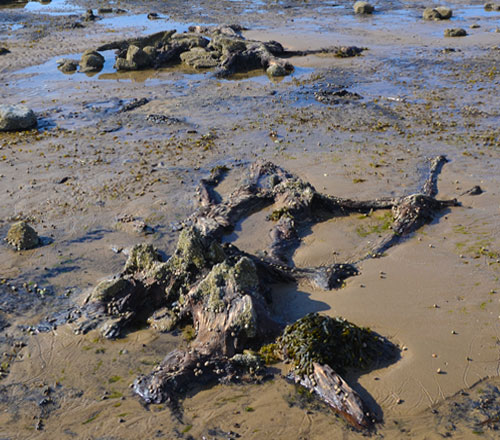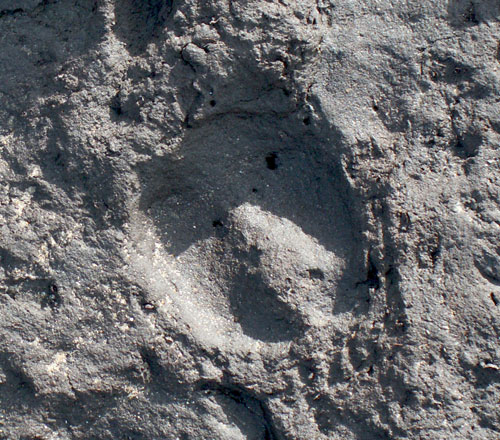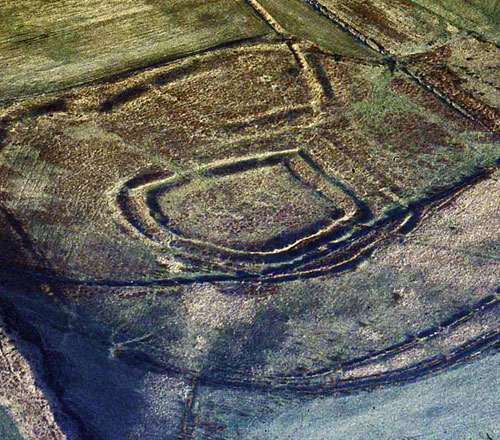Prehistoric spiritual landscapes
If you look at a map showing the distribution of burial mounds, standing stones and other ritual monuments, it is clear that they are not evenly spread: some areas have thicker concentrations than others. This can partly be explained by the fact that ploughing for crops has led to the destruction of more monuments in the lowlands in particular, but this does not explain everything – for example, some of the upland hills and ridges are thickly dotted with cairns, others have one or two strategically placed, whilst still others have none at all. A possible explanation is that some mountains, and some areas of the lowland, were considered as having some special property that made people feel they were appropriate places to build burial mounds or other structures that had spiritual meaning outside the everyday – what archaeologists refer to as ‘ritual’ sites.
Archaeologists prosaically call these ‘monument complexes’ but we might consider at least some of these as these places as 'spiritual landscpes' or ‘sacred mountains’: it is easy to recognise a hill or ridge in the uplands as being a place of special significance. There may also be other features that were considered to be spiritually important. It is probably no accident that the hillside and summits on either side of Nant Cadlan on the edge of the Brecon Beacons, where the stream disappears into the ground at Ogof Fawr, are thickly clustered with cairns. However, some areas of lowland were also home to fairly thick clusters of ‘ritual sites’, and there may be more difficulty in recognising what features may have been used to determine the extent of the area involved. For example, there are thick clusters of burials in the western part of the Vale of Glamorgan, which has a gently rolling topography where no features stand out to the modern eye.
Some landscapes seem to have been special since at least the Neolithic period. On Rhossili Down and Cefn Bryn on the Gower peninsula the first monuments are chambered tombs, and then cairns were added in the Bronze Age. Indeed, when the site of the Nant Cadlan cairn was being excavated before the planting of modern forestry, Mesolithic flints were found along with later flints in the immediate area, so in some places interest in this area may have gone back further still. Other ‘sacred mountains’ have different combinations of features – complexes with clusters of round cairns, ring cairns and cairnfields are probably the most common, particularly dense on three hills in Gower, on the southern fringe of the Brecon Beacons north of Hirwaun and Merthyr Tydfil, and on the Coalfield ridges south of Merthyr Tydfil and those north of Pontardawe. Some groups also include standing stones, usually miniature ones, and there may be more where such stones have fallen and are buried beneath the turf.
Some areas of special significance may have been used in ways that can be less easily recognised archaeologically. For example, large numbers of Bronze Age and Iron Age weapons and tools have been found on Penllyn Moor and Newton Moor, a low-lying area with lots of springs and marshy places around the headwaters of the River Thaw on the northern fringe of the Vale of Glamorgan. Prehistorians think that they may have been deposited as offerings in these watery places, showing this to be an area of special significance even though no monuments are visible – this area was in use rather later than the fashion for building them. There are also Roman finds, suggesting that this area continued to be seen as special.
Themes
Hearth and home Very little evidence has been found so far in South Wales for where people lived throughout most of prehistory. Learn More
Every path tells a tale Prehistoric people, much like varying cultural groups all over the world today, understood the world in different ways. Spirituality and the inanimate world were intertwined in their daily life. Learn More
Down in the Flood Around the coast of South Wales a whole series of prehistoric landscape drowned by rising sea levels are now only visible at low tide. Learn More
The importance of things Throughout prehistory, artefacts and the technology that created them, have figured prominently in explanations of culture process and culture change. Learn more
About the project
Since the 1980s, we have received grant aid from Cadw to carry out a series of projects looking at the prehistoric archaeology of Glamorgan and Gwent. Some of them were survey projects, looking at the information available on a wide range of different monument types as part of a pan-Wales study aimed at improving protection. Others were locally focussed, and took place in response to a specific threat to a site or group of sites. Before new Planning Guidance was published 1990 (PPG16), these excavations included sites that were under threat from development, but if such project are carried out today, it would be the developer who would be liable for the costs. Cadw still grant-aids rescue excavation of sites that are being destroyed by natural processes, such as coastal erosion.
Please see here to find out more about us, our activities and our forward strategy







